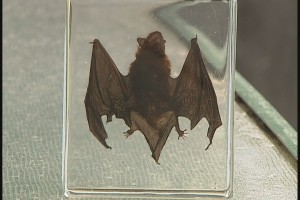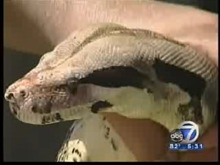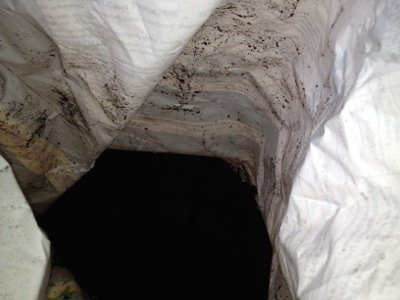It Looks Like We Found The Bat Cave
Bat maternity season ended August 15th, giving us the opportunity to finally end homeowners’ bat problems. Between April 15th and August 15th bats cannot legally be removed from their roosting areas. Preventing them from moving to new areas is all that can be done. During this window many homeowners come to us to prevent their bat problem from becoming more extensive and to schedule the eventual exclusion of the roosting bats.
Could Bats Be Taking Over YOUR House?
The bat job above was in a Lakeland home we were called out to in early June. The bats had been there for several months according to the homeowner and had nearly filled up one of the three gable vents on the home. If we hadn’t sealed the other areas there is a good possibility that the other two vents would have been infested with bats very quickly as space was running out due to the baby bats, or pups, maturing and taking up more space.
An Attic Full Of Bats Was In The Works
Below is video of another bat job in Lakeland we were finally able to get to. The homeowner had first saw bats entering soffit almost a year ago. We were called out to the home in May as the bat problem was slowly getting worse. The homeowner started smelling and hearing them from inside the home as the bats grew in number and moved out of the soffit, into the attic. We sealed off the other potential problem areas and went back after bat maternity season ended to remove the bats from the home.





